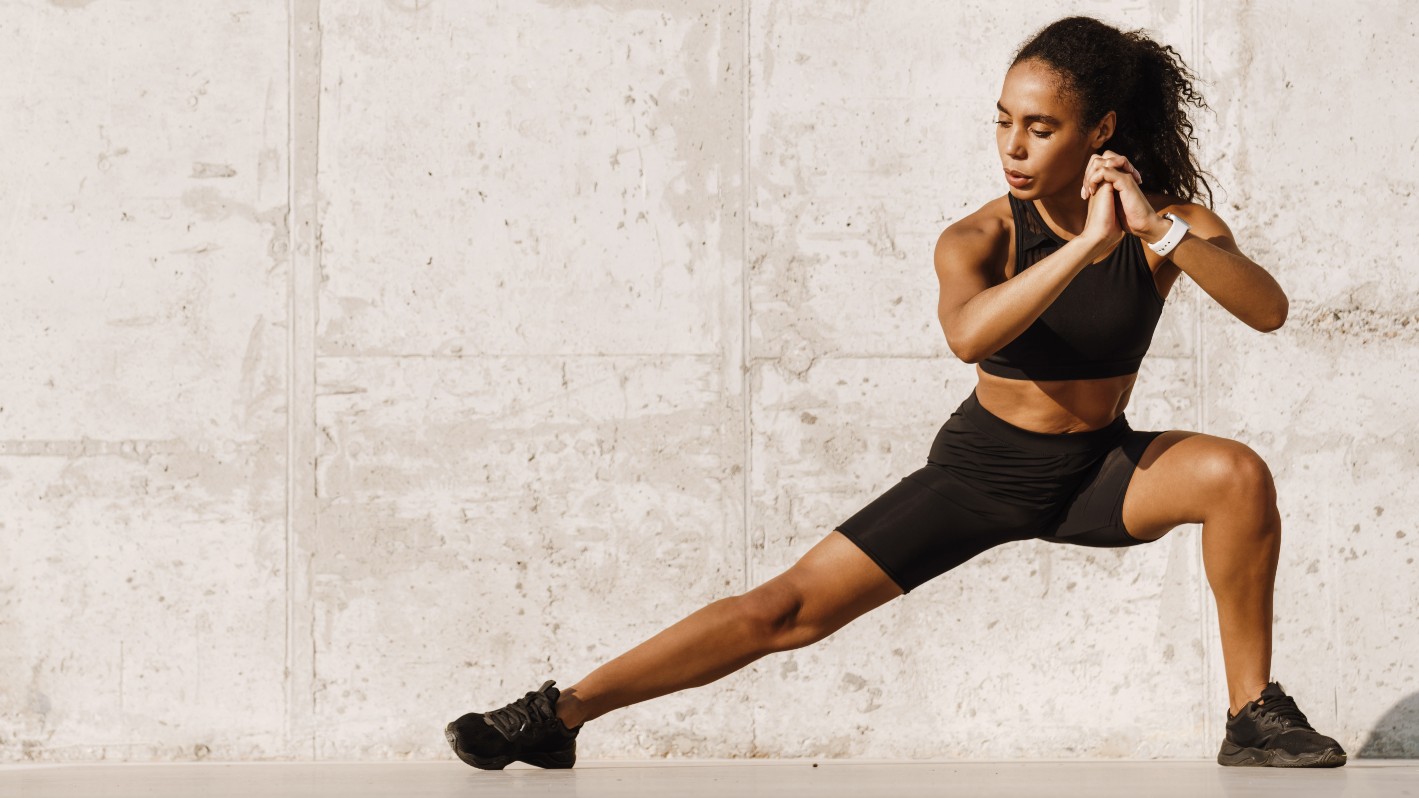
For many, the most popular glute exercises are off the table when dealing with a lower back injury or sciatica. As a trainer, I also find clients overworking the lower back when not properly engaging the correct muscles — this commonly happens during glute exercises.
Hyperextension or hyperflexion of the spine are two mistakes that occur during even the best glute workouts. Thankfully, these five glute exercises also strengthen your back without weights, which is perfect if you plan to grow your glutes without lifting heavy in the gym.
Below, I cover how to do each exercise with perfect form and which muscles the moves target. At Tom’s Guide, we recommend the best resistance bands to assist, but you can do these exercises using your body weight alone. Here they are.
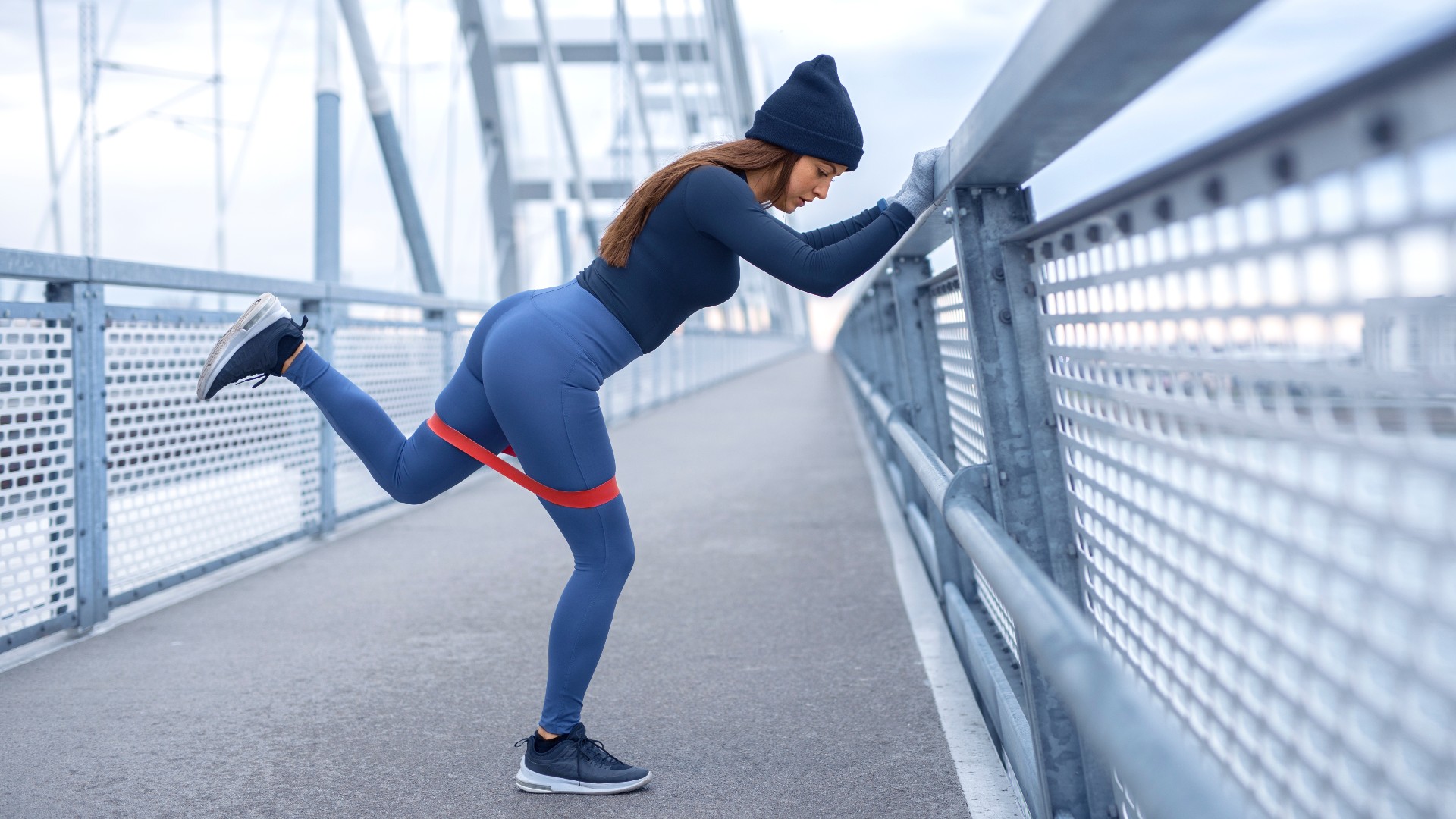
Outside of the most obvious reason for building your glutes — a sculpted peach looks great, let’s face it — there are many purposes for strengthening them.
Firstly, these muscles are part of your core musculature and help protect your lower back, alongside your hip flexors and hamstrings. Those who sit for prolonged periods may experience tighter and weaker hip flexors and glutes. And because these muscles are responsible for posture and protecting your back, this could lead to injury further down the line if you’re not physically active.
Your glutes also keep your pelvis stable, help rotate the hip joint and support lower body movement and balance. So, if you’re hitting the gym to build muscle, here’s how to benefit your back.
5 glute exercises that also strengthen your back
1. High step-ups

The higher the step, the greater the force generated by your muscles as you heave your body weight upward. Even without weights, this could challenge most gym-goers. To make the move harder, explosively push upward, then slowly lower the leg back down — this works the muscles for longer during the eccentric phase of the step-up. Remember to switch sides. If you want to increase the intensity, hold a weight to your shoulders, chest, or sides. The move torches the glutes, quads and hamstrings, driving movement with lower back and core strength and stability.
Here’s how to do step-ups. To mix things up, lateral step-ups help target the gluteus medius (your outer glutes) to help shape them evenly.
2. Split squats
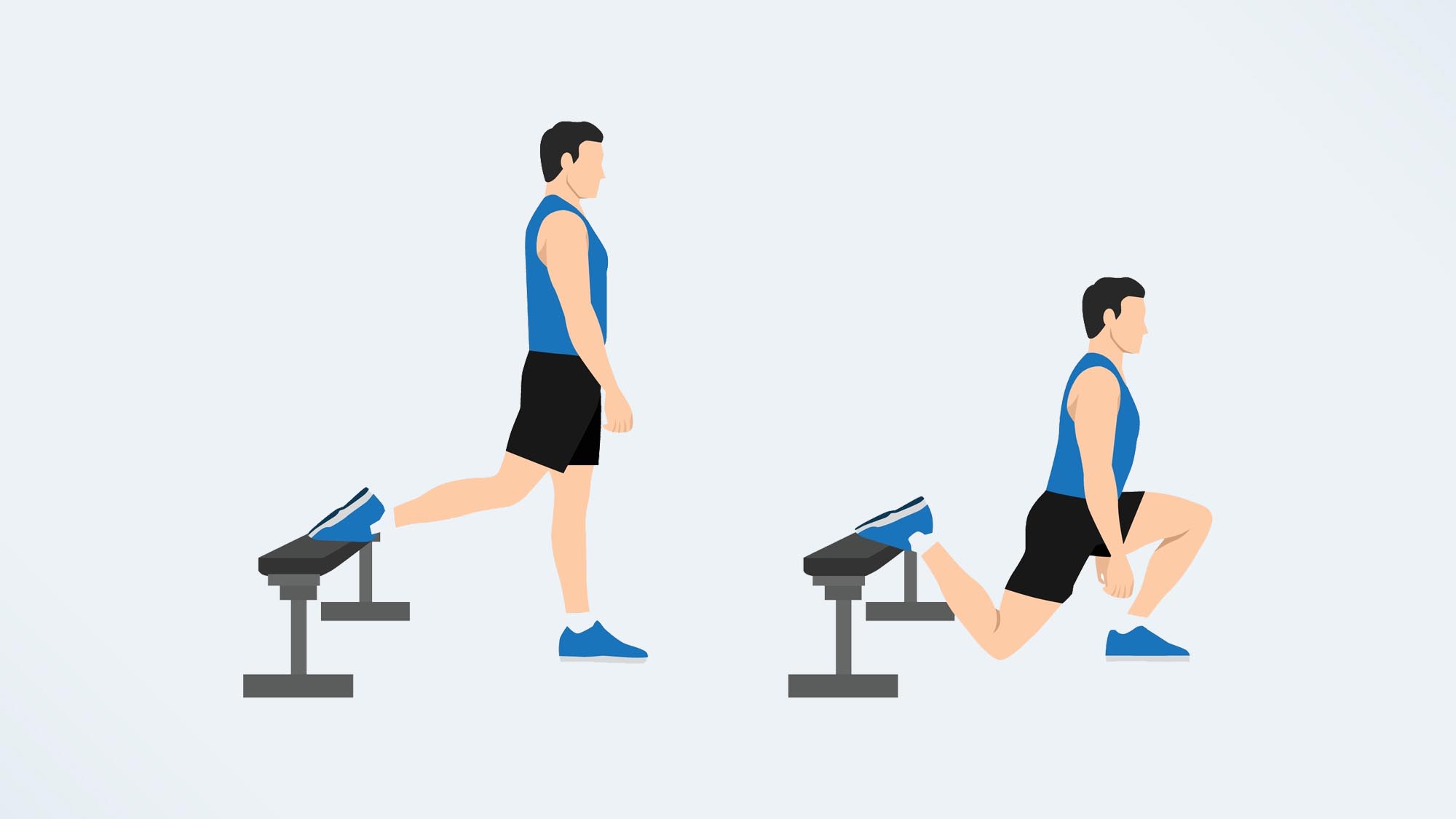
You can do split squats on the floor or by raising your back leg on a bench or box — the Bulgarian split squat. Try engaging your abs and slightly leaning forward with a straight back, as this can help hit the glutes harder. The lower body exercise primarily targets the quads and glutes and deactivates the lower back more than squats. Still, the unilateral approach (working one leg at a time) allows you to hone in on muscle activation and improve single-sided activities like jumping.
3. Standing kickbacks
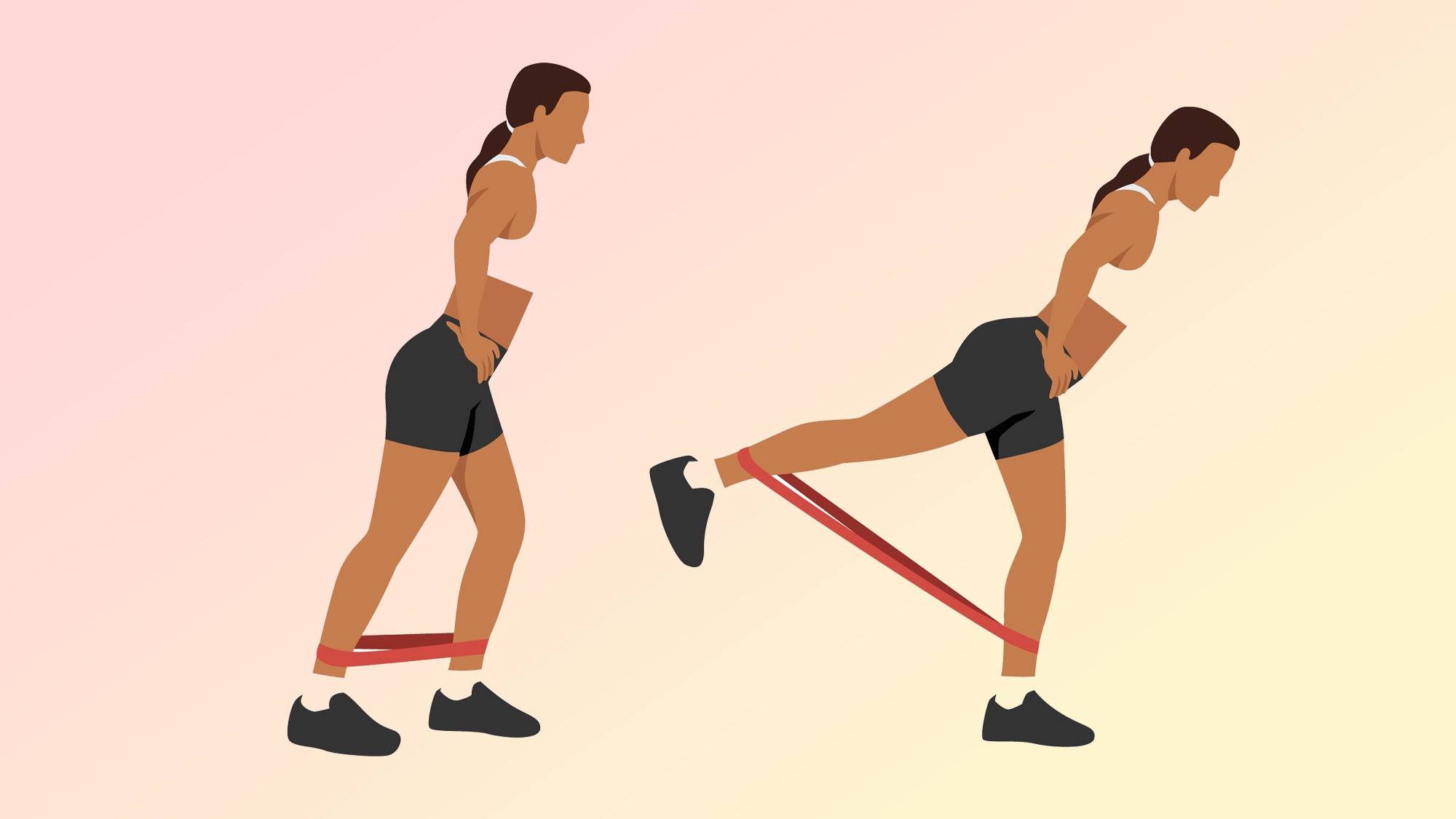
Kickbacks are one of my favorite glute activation exercises, and you can scale them to any difficulty by manipulating range of motion and equipment. To do the kickback properly, engage your core and shift your body weight onto one leg, then raise your other leg behind you and lift with control. Remember to squeeze at the top and keep your hips square.
Our editor did 100 standing glute kickbacks a day for a week, and she describes how to target your gluteus maximus, gluteus medius, core and hamstrings more effectively using a resistance band, body weight, or a cable machine.
4. Cossack squats
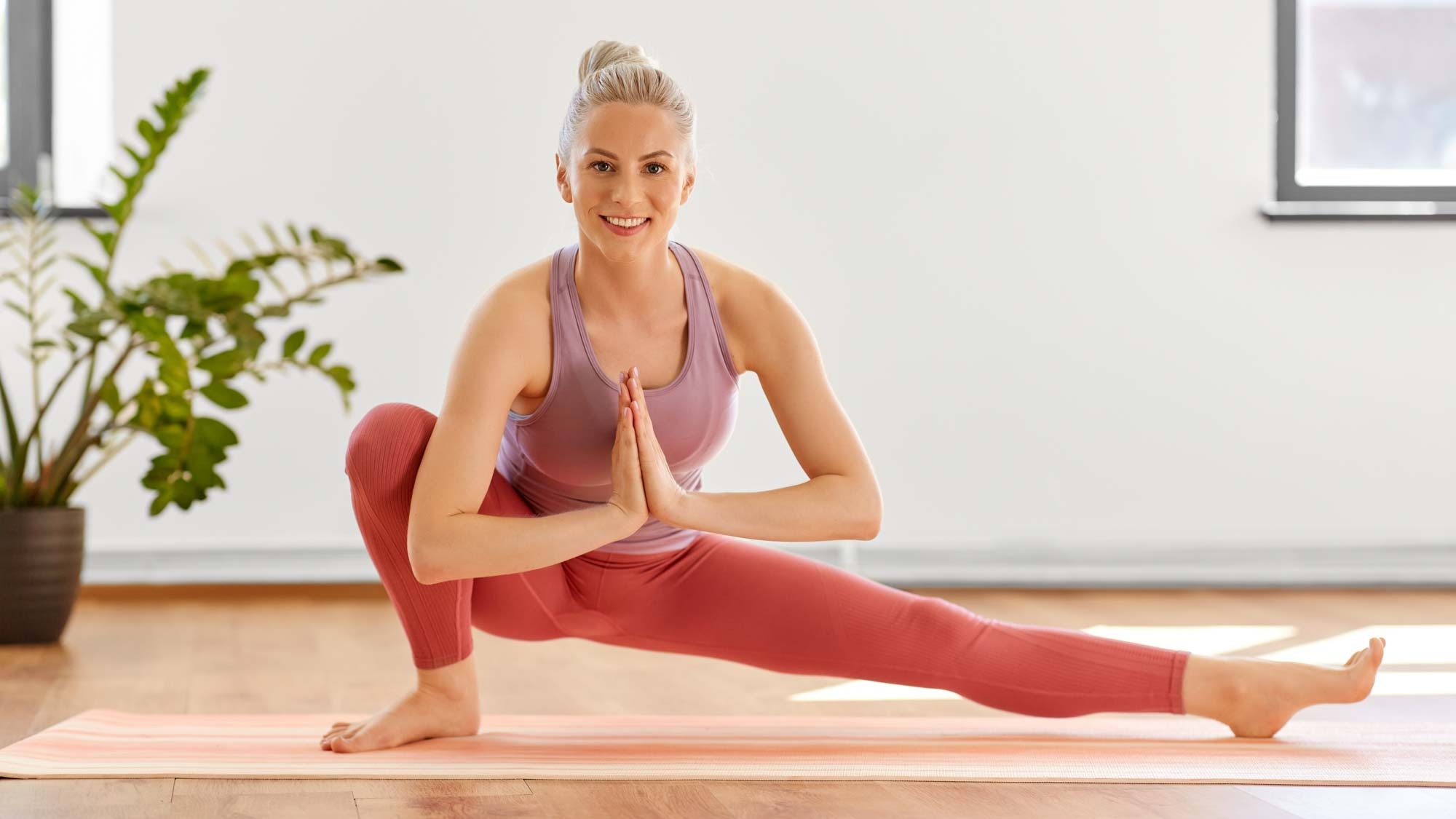
I’m a big advocate of the Cossack squat. It’s the perfect go-to exercise for improving your range of motion, flexibility and lower body strength and power.
In short, it’s a deeper variation of a lateral lunge and hits the quads, gluteus medius, hamstrings, adductors, core and lower back muscles. You’ll commonly find the exercise used during warm-ups for CrossFit and HIIT workouts, as it can help warm the ankles, knees and hips.
I find the exercise helps relieve tightness in my hips and back, and if I’ve sat down for a long time, I try a few sets of 8-10 reps after a day sat writing at my desk. Find out what happened when I did 90 Cossack squats every day for a week and how I chose to progress them during strength workouts.
5. Seated good mornings
At Tom’s Guide, the fitness team love a good morning. The full-body exercise targets the posterior chain muscles — the muscles that run down your back, glutes and hamstrings. Good mornings also activate your hip flexors during the hip hinge and require core strength to keep your back safe. The move looks similar to a Romanian deadlift, except you often load a weight to your upper back or chest.
For this variation, sit on the edge of a bench to remove the emphasis on the glutes and hamstrings and place more on the lower back. A seated good morning helps strengthen the back muscles used during hip hinge and extension movements like cleans and snatches, developing power and flexibility in the back, hips and lower body.
Here’s what happened when our writer did 30 good mornings every day for a week.
Bottom line
Underactive glutes are very common. For example, many quad-dominant runners struggle to properly activate their glutes during exercise, and this repeated underfiring could mean overloading other muscle groups that pick up the slack.
Simple glute activation exercises like the ones above could help you fire up the hips, glutes and back before big lifts like deadlifts or hip thrusts. Working all of the glute muscles (not just the maximus) is also crucial. Many exercises like hip thrusts or deadlifts hit the maximus by default, but abductions help strengthen the medius muscles; think side-to-side lifts or lunges. Exercising in different planes of motion — rotational, side to side and forward and back — should help you target muscles all over and avoid overdeveloping one muscle group.







